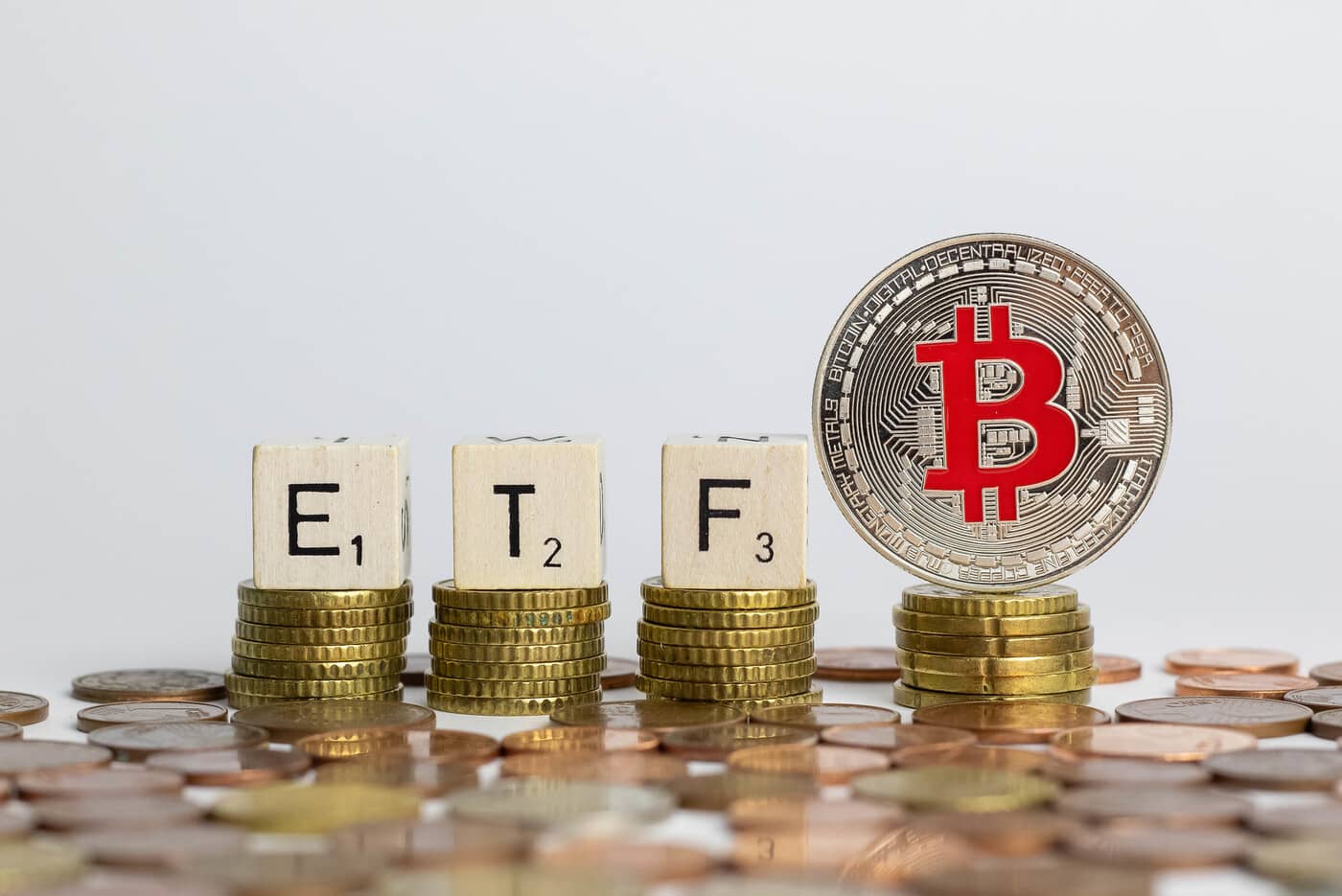
The 20-day rolling volatility of Bitcoin dropped below both the Nasdaq and S&P 500 for the first time since 2018, Kaiko, a digital assets data provider, tweeted. It follows a month-long standoff near the $19,000 mark.
Investors are hopeful that cryptocurrencies will soon be valued as an accredited asset class. While the price of Bitcoin has stabilized lately, there is at least one silver lining: It’s no longer as volatile as it once was.
The data provider further asserts:
This has happened before on only a few occasions and typically near bottom. This is the longest period since 2018 that BTC has been less volatile than the Nasdaq 100.
Kaiko also pointed out that since the middle of September, the gap between the 30-day and 90-day volatilities of stocks and Bitcoin has been shrinking despite bitcoin’s growing sensitivity to macroeconomic data releases.
Despite a slight decline, there is still a strong link between bitcoin and stocks, and macroeconomic factors continue to influence its price. However, the S&P 500 and the Nasdaq 100 have both declined by about 10% since the beginning of that month.
The world’s most popular cryptocurrency has now been more steady than the S&P 500 for the first time since August 2020 and has been less volatile than the Nasdaq since October 2020.
The Crypto Market Is Forming A Bullish Breakout For Bitcoin
As opposed to three months ago, the market appears to have recovered from the failure of Terra’s, Three Arrows Capital, and cryptocurrency lender Celsius and has become resistant to unfavorable news.
The 100-day simple moving average (SMA) that stopped the August rise appears to be challenged by Bitcoin, signaling a bullish breakout.
As proven by well-known traders who are convinced the latest market bounce will last longer than the one observed two months ago and that the barrier of $20,882 will be decisively broken this time.
And unlike early August, when the equities and cryptocurrency markets got ahead of themselves in pricing the ‘Fed pivot,’ the most recent cryptocurrency market recovery is supported by tangible indications that the Federal Reserve may be about to moderate the pace of liquidity tightening.
Furthermore, the cryptocurrency and bond markets appear to be in accord. The U.S. Treasury rates, which stayed high in August, defied the Fed’s hopes that it would pivot into the cryptocurrency and equities markets. Still, they have dramatically declined this week, supporting the rebound in risk assets.
Since Friday, the yield on the 10-year note has dropped by 30 basis points to 4%, while the yield on the two-year note, which is more sensitive to predictions of a rate rise, has dropped by 20 basis points to 4.43%.
Moreover, the director of trading and operations at crypto fund Arca, Wes Hansen, said that the markets’ macroeconomic situation has changed as a result of the announcement that the Fed was probably going to start easing up on rate rises and the growing chorus of investors, politicians, and foreign organizations calling for this to happen.
He said some genuine market shifts contributed to this rise, making it difficult for him to argue that the bear market is now over.








